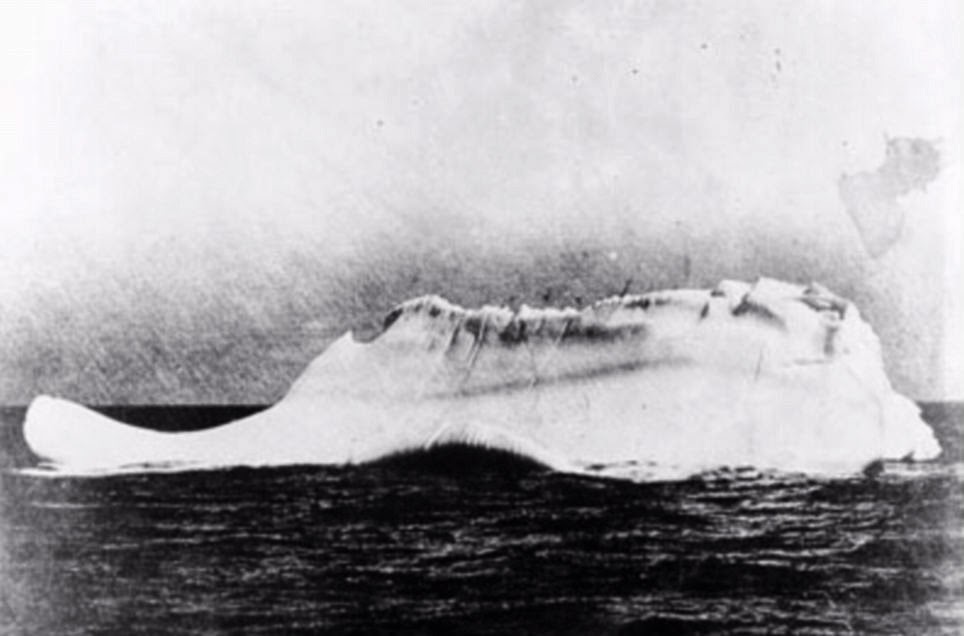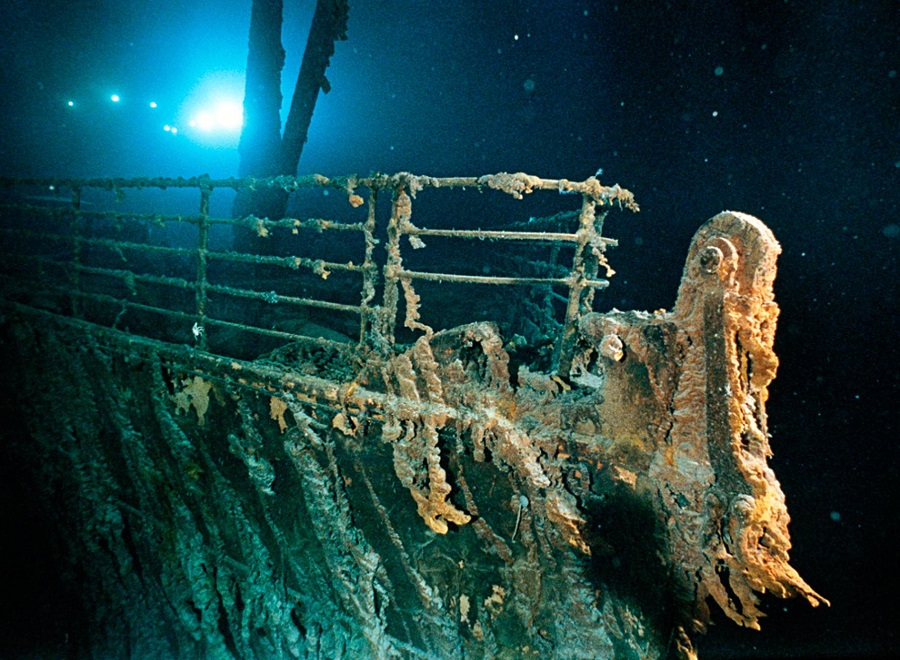After the Titanic ship sank in on April 15, 1912, a lot of theories were brought up about what exactly happened. There were people that had their eyes on the religious causes, the human error, and a lot of other things. Interestingly enough, there is as well the many Titanic science facts that many people have ignored over the years.
After the ship was designed, one thing that was certain as far as the designers were concerned was that it was completely impossible for the ship to sink. This is even with its size and weight considered. Unfortunately, the giant ship sank in what would be one of the worst water disasters of all time.
Did you know that the movie, Titanic which was directed by James Cameron is more expensive than the entire original Titanic ship even when you consider inflation? The cost of the movie was $200 million in 1997, while when you adjust the cost of the ship due to inflation, it will be somewhere around $150 million in 1997.
Here are some of the Titanic science facts you should know

The Size and Weight of the Titanic
The Titanic was 882 feet (269 meters) in length and 175 feet (53 meters) in height. The weight of what was supposed to be the unsinkable ship was 52,310 tons. The ship sat at 12400 feet (3780 meters) beneath the surface of the seabed after it sank. At the time of building the ship, two lives of workers were lost while 246 people were injured.
Everything in Numbers
Before sinking in the North Atlantic Ocean, somewhere about 400 miles south of Newfoundland, Canada, there were 900 crew members on the ship. More so, there were over 2200 people aboard the RMS Titanic which was on it its maiden voyage from Southampton to New York City. To have it built, $7.5 million was spent.
How the Titanic was powered
The ship was powered using coal. Each day, 825 tons was used and 100 tonnes of ash was ejected into the sea every 24 hours. The speed of the ship was put at over 26 miles per hour. More so, close to 10,000 lamp bulbs were used on the ship.
Also, it had 4 funnels (smoke stacks) even though only 3 were operational as the 4th was for beautification purpose. For the job of powering the ship, a team of 176 men was brought to work.
The engine of the ship was designed to give 46,000 horsepower.
Iceberg

Before colliding with the iceberg, the ship was warned a number of times about it. Interestingly enough, the ship would have been able to avoid it and the collision would have been less if not for the speed of the ship and the lateness in sighting it. 30 seconds is the amount of time the ship had from the moment of sighting the iceberg to the time of hitting it.
The size of the giant cold rock was said to be between 50 to 100 feet in height, and 200 to 400 feet in length which means that it may even be up to a mile. It was believed that the iceberg was born in 1909 and it continued floating but would have melted in 14 days’ time after the collision because it was moving towards warmer waters.
A billion tonnes of water is what is believed to be what the iceberg was made of. With only 1/10th of its mass above water and 9/10ths below, there was no way the ship could have pushed the iceberg to pass.
Role of Whiskey in saving a life
The ship had 20,000 bottles of beer and 1,500 bottles of wine. When the crash occurred and the ship began to sink, the baker of the ship drank a bottle of whisky and he was able to be in the water for up to 2 hours before he was rescued without freezing. Interestingly enough, he didn’t feel cold because of the amount he had taken.
Sinking
It was at around 2.20 am that the ship finally broke into two. This caused it to sink and a lot of people were thrown into the ocean. The water was between -2°C and 4°C, which means that at best a human being can last for up to an hour and thirty minutes. In the worst case, 15 minutes is enough for one to give in.
Causes of death

The ship took away with it 1,503 lives of both passengers and crew. The major cause of death was not drowning as many people had their life jackets on. Instead, it was the temperature which left them with no chance of surviving. It was revealed that they “were only exposed to hypothermia and not to cold-water inhalation into the lungs.”
There were also people that went down with the ship. Drowning, therefore only accounts for a little number of deaths. The irony though is that because of the cold, there were people that might have been pronounced dead only because they were unconscious, as such they were left in the waters.
Cry For Help and wireless technology
At the time of the crash, the closest ship to the Titanic was the SS Californian, which was a British Leyland Line steamship. The ship became infamous after it refused to take any action even as the Titanic desperately cried for help.
Two wireless officers, Jack Phillips and Harold Bride spent their last moments calling sending messages for help through the radio technology, but while the RMS Carpathia, which was almost 50 miles to the southeast of the sinking ship responded to the call, the SS Californian which was only 20 miles away did not answer the call. It was under Captain Stanley Lord and it had no passengers on.
Before the crash, it was Captain Stanley Lord that ordered his wireless operator to send out warnings to any ships in the area of the iceberg, but the wireless operators on the Titanic were too busy the entire day that they probably didn’t get the message or chose to ignore it.
As a result of the response of RMS Carpathia, led by Arthur Rostron, more than 700 lives were saved.
Premonition

Although there are things science cannot explain, there were actually premonitions of disaster to come as regards to the ship. The first was years before the Titanic sank, and it was in a Novel called Futility by Morgan Robertson. The work tells the story of the largest ship ever built called Titan. The novel seemed to have foretold in exactness what was to come later as the Titan also sank in the North Atlantic after it collided with an iceberg. More than half of those on the ship lost their lives. The Novel was published in 1898, exactly 14 years before the Titanic. The author died a year after the ship sank at the age of 53.
There were other passengers on the ship that also had different premonitions before the disaster. Anne Ward for example, who survived it, had told her mother of her worries and fears concerning the ship. Major Archibald Willingham Butt also had one and that made him to write his will and last testament before leaving as he felt he was not going to make it back, and he didn’t. There were many others that had the premonition.














